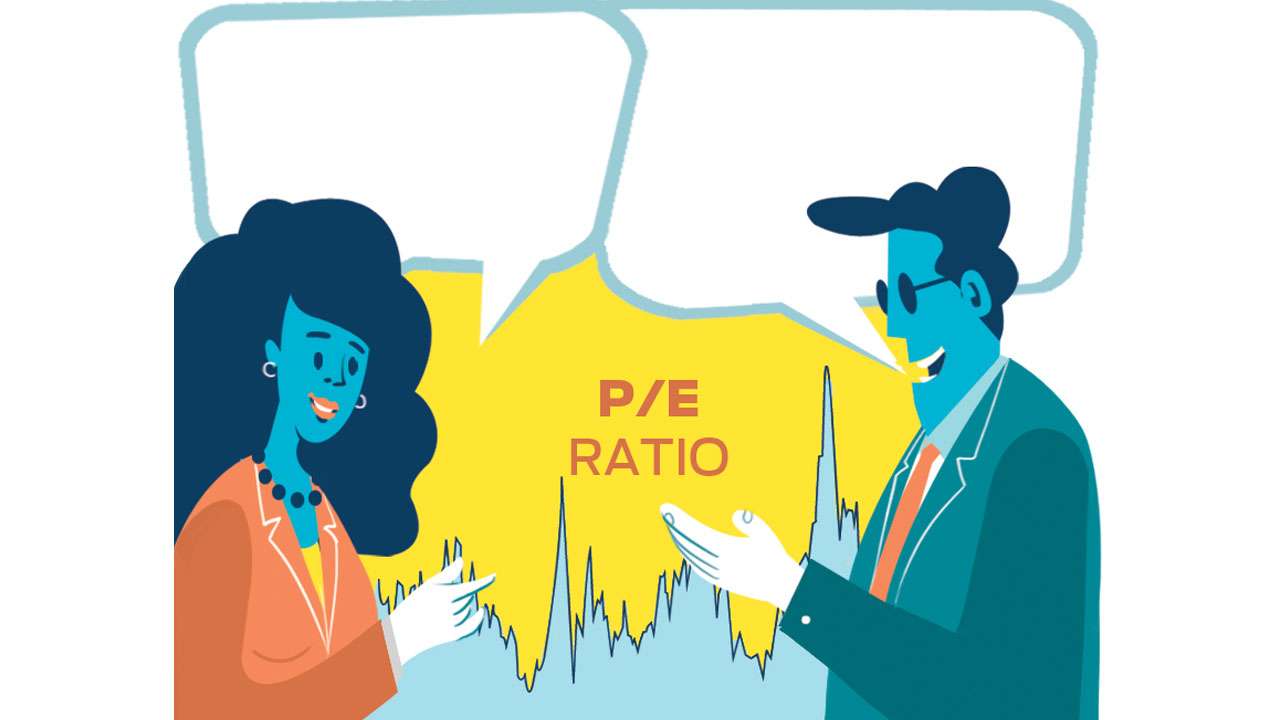
"What's up with the Sensex?" she asked, as soon as I gave her a cup of freshly made coffee.
"Well, "it's fluctuating,"" I replied.
"Come on," she said. "Tell me na."
"The Sensex is an index of 30 stocks. The index peaked at a level of 38,897 points, as on August 28, 2018. Since then, it has gone downhill."
"But why has it been falling?"
"It has been falling because prices of the stocks that make up for the Sensex have been falling."
"Come on V," she said, "I am not that dumb!"
"Sorry. Analysts have been attributing various reasons for stock prices falling. From the value of the rupee falling against the dollar, to foreign institutional investors leaving India, to oil prices going up, and so on."
"Hmmm."
"Let's look at the price to earnings ratio of the stocks that constitute the Sensex."
"Hmmm."
"On August 28, 2018, the day the Sensex reached an all time high level, the price to earnings ratio was 25.1."
"What does that mean?" she asked.
"It means that investors were ready to pay Rs 25.1 as a price, for every one rupee of earning for the stocks that make up the Sensex."
"What does that tell us?"
"It basically means given the level of stock prices, profits of the companies these stocks represent, weren't good enough."
"Ah, like that."
"In fact, towards end January 2018, the price to earnings ratio of the stocks that constituted the Sensex was even higher. The Sensex, as on January 30, 2018, was at 36,283 points. The price to earnings ratio was at 26.4."
"Oh."
"Yes. And then the stock market started falling. By March 23, 2018, it had fallen to 32,597 points. The price to earnings ratio had fallen to 22.5 by then."
"Okay," she replied.
"In an ideal world stock prices should go up, if earnings of the businesses they represent are likely to go up, in the time to come."
"Hmmm."
"But many a time, stock prices simply go up because people are investing money in the stock market, irrespective of the earnings potential of the companies."
"That makes sense."
"Of course, this cannot go on forever, and if earnings don't go up eventually, stock prices fall and so does the price to earnings ratio."
"Okay."
"After March 23, 2018, stock prices went up again. There was some improvement in earnings as well. But still not enough to justify the run up in stock prices."
"After August 28, 2018, the stock market has largely been on a downward trend and as on October 10, the Sensex closed at 34,761 points, with a price to earnings ratio of 22.33."
"Is this level reasonable enough?"
"Between April 1998 and September 2018, the average price to earnings ratio of the stocks that constitute the Sensex has been around 18.8. We are still at a level which is significantly higher than that."
"Hmmm."
"If we were to look at a little more recent data, between April 2008 and September 2018, the average price to earnings ratio of the stocks that constitute the Sensex has been 19.6, which is slightly higher, but not very different."
"Yes."
"The funny thing is that retail investors tend to invest when the price to earnings ratio is high rather than low."
"Why do you say that?"
"A total of Rs 1,56,753 crore was invested in equity mutual funds in 2017-2018. The price to earnings ratio of stocks that constitute the Sensex averaged at 23.8, during the course of the year. This was the highest since 2000-2001, the year of the dotcom bubble, when the price to earnings ratio was at 23.9."
"Basically, this means that retail investors buy stocks through the mutual fund route, when they are expensively priced."
"Correct."
"But if one were to follow this price to earnings ratio indicator, when should one be buying stocks or equity mutual funds?"
"Typically, when the price to earnings ratio is less than 20, like it was during a large period between 2012 and 2015. The total amount of equity mutual funds bought between April 2012 and March 2016 stood at Rs 1,15,174 crore. Much more was bought in just 2017-2018."
"Ah that's funny. The retail investor always gets screwed."
"Yes he does. And there is nothing like wealth management," I replied, sipping the last bit of coffee left in the cup.
(The example is hypothetical).
Vivek Kaul is the author of the Easy Money trilogy